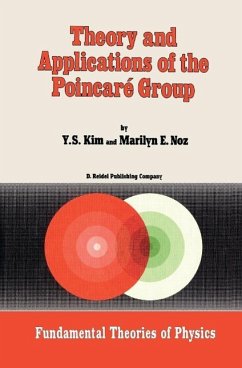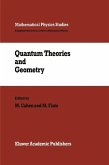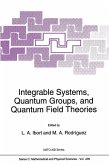Special relativity and quantum mechanics, formulated early in the twentieth century, are the two most important scientific languages and are likely to remain so for many years to come. In the 1920's, when quantum mechanics was developed, the most pressing theoretical problem was how to make it consistent with special relativity. In the 1980's, this is still the most pressing problem. The only difference is that the situation is more urgent now than before, because of the significant quantity of experimental data which need to be explained in terms of both quantum mechanics and special relativity. In unifying the concepts and algorithms of quantum mechanics and special relativity, it is important to realize that the underlying scientific language for both disciplines is that of group theory. The role of group theory in quantum mechanics is well known. The same is true for special relativity. Therefore, the most effective approach to the problem of unifying these two important theories is to develop a group theory which can accommodate both special relativity and quantum mechanics. As is well known, Eugene P. Wigner is one of the pioneers in developing group theoretical approaches to relativistic quantum mechanics. His 1939 paper on the inhomogeneous Lorentz group laid the foundation for this important research line. It is generally agreed that this paper was somewhat ahead of its time in 1939, and that contemporary physicists must continue to make real efforts to appreciate fully the content of this classic work.
Dieser Download kann aus rechtlichen Gründen nur mit Rechnungsadresse in A, B, BG, CY, CZ, D, DK, EW, E, FIN, F, GR, HR, H, IRL, I, LT, L, LR, M, NL, PL, P, R, S, SLO, SK ausgeliefert werden.









